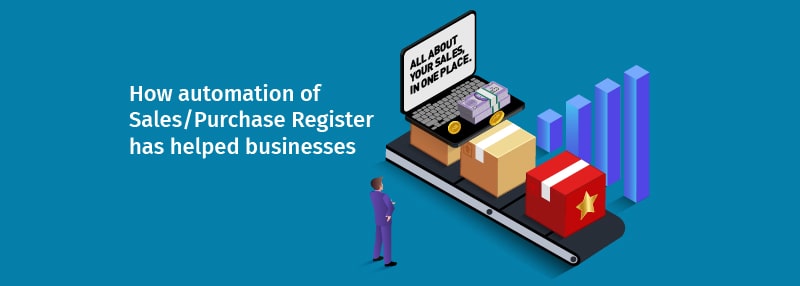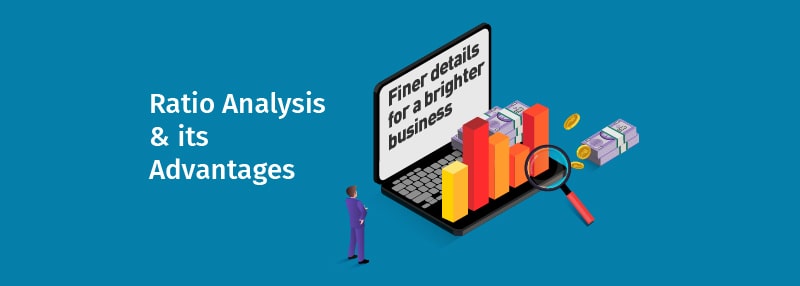Sales and purchase are the two most important functions of any business. Transactions with these natures keep a company running and so they should be recorded accurately, timely and seamlessly. While most accounting software would provide this feature as it is a basic need that any entrepreneur is looking for when adopting technology for their business, what’s important is how much can a user make out of these simple reports and add value to their business.
Sales and purchase registers have been maintained by companies since the inception of accounting. Traditionally, these were maintained manually, sales and purchase books recorded all the transactions which occur every day. However, with digitisation taking the world by storm, business owners have now automated maintenance of sales and purchase register through various accounting software.
Recording sales and purchase transaction is no rocket science, and once these transactions are recorded, their respective registers are created. Sales and Purchase register is nothing but a comprehensive day book which comprises of all the transactions which you have recorded so far. This report will help you get a detailed view of all your transactions which have been made throughout and allow you to make any corrections if required.
Advantages of automated Sales and Purchase Register
- With a sales register, you can analyse a periodic turnover of your company, be it monthly or yearly. You get a consolidated report of each sales transaction that you have done for a specific period.
- You can also easily navigate to the respective invoices and vouchers, in case there are any errors detected post sales.
- Purchase returns made during a year can also be traced. At any given point, if your customer returns with an invoice issued by you, and addresses any grievance which is product-related, you can easily go back to the entry made at the tarnation level and modify the data accordingly.
With Tally.ERP 9’s Sales and Purchase Register, you can easily view all your transactions in a split of a second. Detection of errors and the ability to correct it with numerous shortcut keys, will help you save a lot of time and effort. Because of Tally.ERP 9’s flexible nature, navigating to the respective transactions till the entry-level and then correcting it with the right value, becomes very easy. Sales and Purchase Register Tally isn’t just confined to giving you a gist of all the transactions but also track transaction-level profitability to get more insights about your business. With the columnar view of the purchase transactions, you can get a detailed view of each purchase transaction which is a great reference point to check for any discrepancies and inaccurate entries. For adding more value to your business by getting consolidated sales and purchase reports, take a free-trial here.

